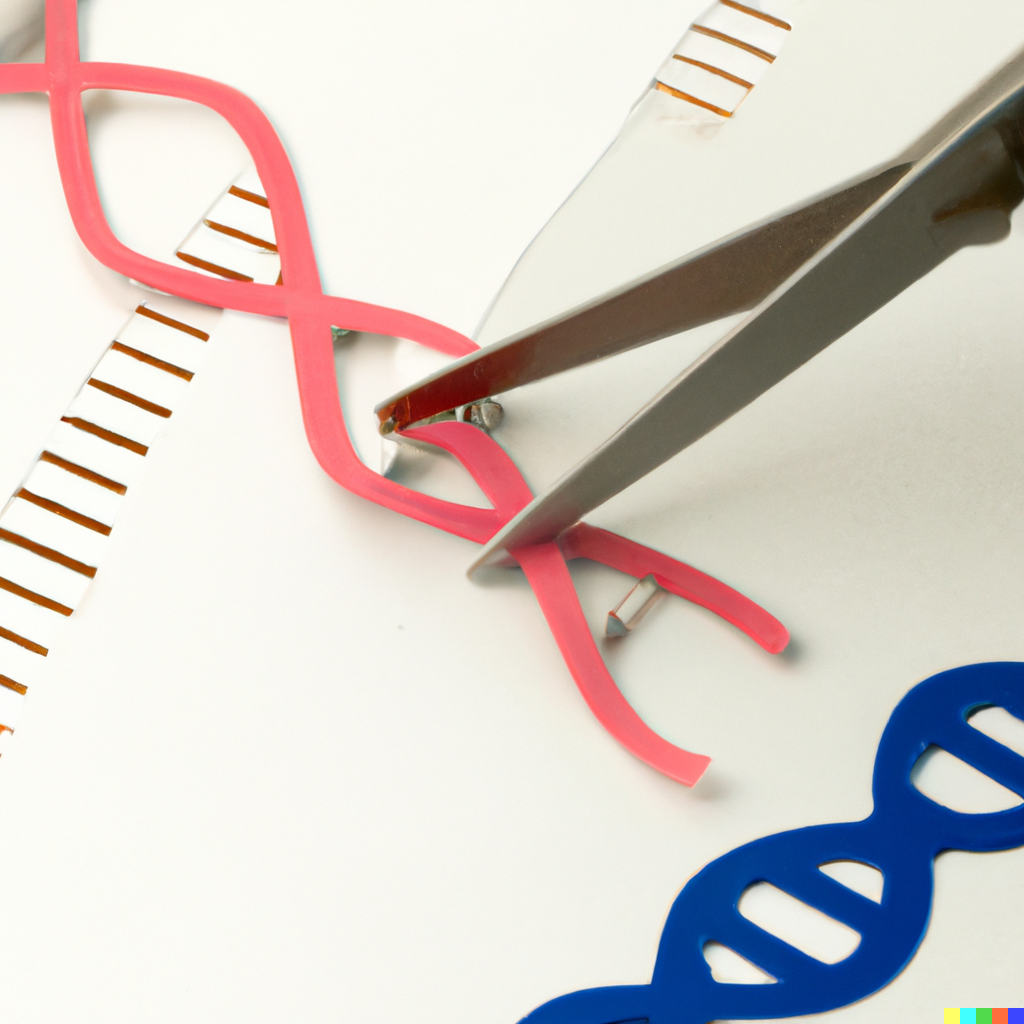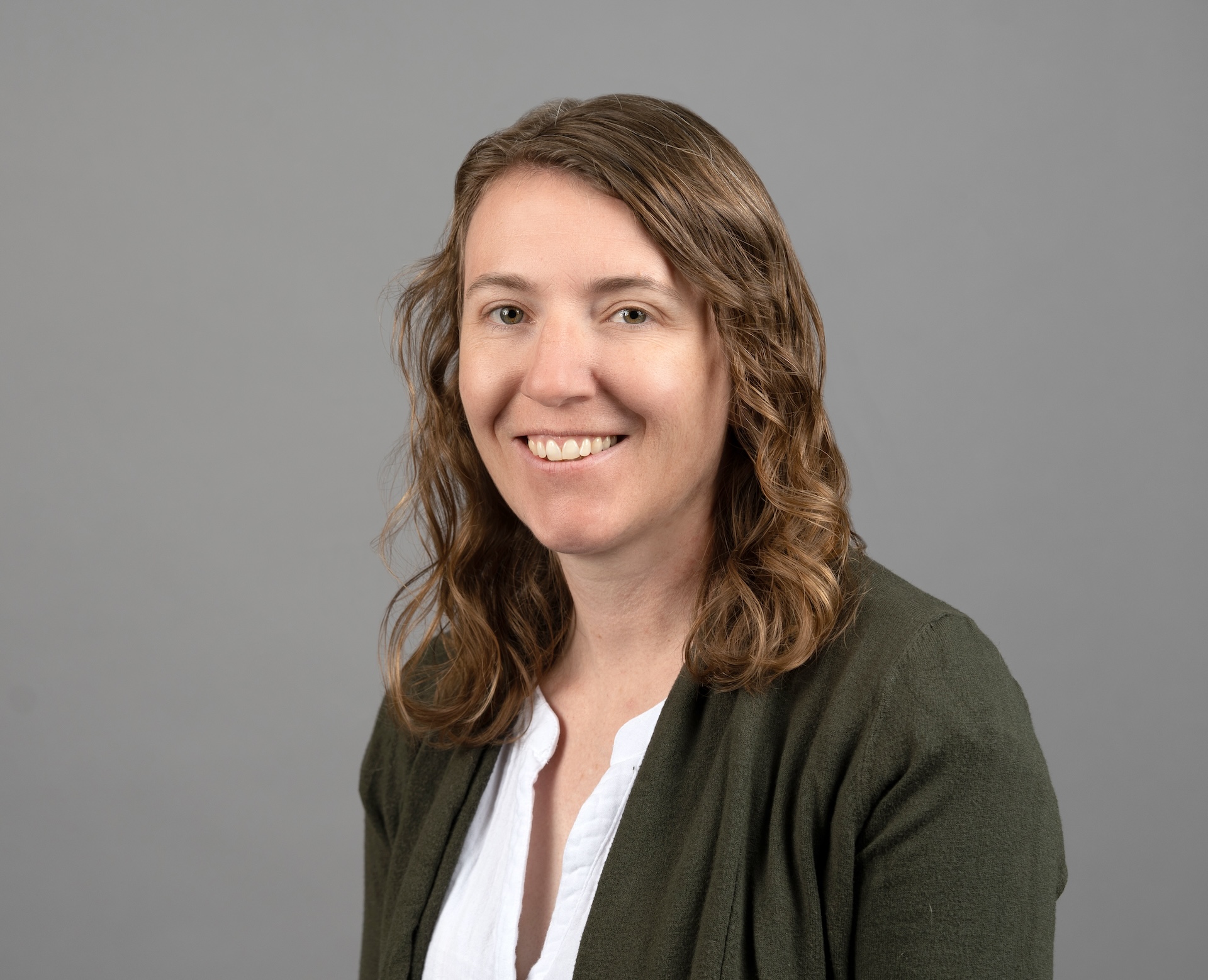
Mutation Generation & Detection
The Mutation Generation & Detection (MGD) Core Facility supports researchers by securing, developing, and optimizing the latest DNA nuclease technologies, reagents, and protocols for targeted genome modification. Currently, the MGD core specializes in providing customized CRISPR reagents for gene editing in multiple model systems, including but not limited to M. musculus, D. rerio, D. melanogaster, C. elegans, S. cerevisiae and mammalian cell lines. Beyond reagent production, the MGD Core collaborates with other University of Utah core facilities to generate genetically modified mouse models and cell lines. The MGD Cores also provides custom genotyping services including High Resolution Melt Analysis (HRMA), CRISPR validation services, homology directed repair donor template synthesis, custom cloning services and targeted sequencing services.
| Synthetic CRISPR guide RNA (sgRNA) | |||
| Internal | Educational | Commercial | |
| 1 sgRNA | $203 | $312 | $406 |
| 2 sgRNAs | $193 | $297 | $386 |
| 3-4 sgRNAs | $168 | $259 | $336 |
| 5-6 sgRNAs | $163 | $251 | $326 |
| 7-8 sgRNAs | $158 | $243 | $316 |
| 9+ sgRNAs | $153 | $236 | $306 |
| Control sgRNA | $68 | $104 | $136 |
| Cas9 protein100 µg | $233 | $359 | $466 |
| Listed prices are per sgRNA (1.5 nmol modified single piece sgRNA). Price includes CRISPR design with thorough in silico on-target and off-target analyses. | |||
| Custom CRISPR expression constructs | |||
| Internal | Educational | Commercial | |
| 1 construct | $286 | $441 | $572 |
| 2 constructs | $275 | $424 | $550 |
| 3-4 constructs | $265 | $408 | $530 |
| 5-6 constructs | $243 | $375 | $486 |
| 7-8 constructs | $222 | $342 | $444 |
| 9+ constructs | $200 | $309 | $400 |
| Control construct | $55 | $85 | $110 |
| Listed prices are per plasmid construct. Price includes design of CRISPR target site and cloning of custom expression vector. The expression system, CRISPR application and selection method are all customizable. | |||
Genotyping Services
| Service | Internal | Educational | Commercial |
| PCR Genotyping Optimization Service (1 site) | $170 | $262 | $340 |
| PCR Genotyping Optimization Service (2 sites) | $202 | $311 | $404 |
| PCR Genotyping Service (≤12 samples) | $98 | $151 | $196 |
| PCR Genotyping Service (per sample after 12) | $2.64 | $4.07 | $5.28 |
| PCR+RE Genotyping Service (≤12 samples) | $172 | $265 | $345 |
| PCR +RE Genotyping Service (per sample after 12) | $4.49 | $6.91 | $8.98 |
| PCR Genotyping Long Range Service (≤12 samples) | $122 | $187 | $243 |
| PCR Genotyping Long Range Service (per sample after 12) | $2.56 | $4.34 | $5.64 |
| HRMA Genotyping Optimization Service (1 site) | $154 | $237 | $308 |
| HRMA Genotyping Optimization Service (2 sites) | $200 | $308 | $400 |
| HRMA Genotyping Service (≤12 samples) | $63 | $97 | $126 |
| HRMA Genotyping Service (per sample after 12) | $1.70 | $2.62 | $3.40 |
| To submit a genotyping request please email a completed submission form. | |||
HRMA Reagents
| Service | Internal | Educational | Commercial |
| HRMA PCR plates (10 pack) | $66 | NA | NA |
| HRMA PCR sealing film (10 pack) | $22 | NA | NA |
| HRMA Master Mix 100 rxns | $79 | NA | NA |
| HRMA MasterMix 500 rxns | $395 | NA | NA |
| Mineral Oil (500ml bottle) | $65 | NA | NA |
| Please order HRMA reagents via the core resource site and a member of the MGD core will email to coordinate a pickup from EIHG 7470. | |||
Maxiprep Service
| Quantity | Internal | Educational | Commercial |
| 1 maxiprep | $126 | $194 | $252 |
| 2 maxipreps | $121 | $186 | $242 |
| 3-4 Plasmid Maxiprep Service | $117 | $180 | $234 |
| 5+ Plasmid Maxiprep Service | $107 | $165 | $214 |
| Please email the core to request maxiprep service and drop of plasmids or bacterial plates in EIHG 7470. The core has stocks of many general plasmids (i.e. viral packaging constructs). | |||
Gene Editing Service/Quote Request
Requesting Services
Existing users may login directly to the Resource Scheduling System to schedule or order services. This system is cores-wide and uses University of Utah uNID authentication.
MGDC Recommended Training Documents
Contact Us
Hours of Operation
8:00 am to 5:00 pm
Monday - Friday
Recent Acknowledgements
- Barba C, Ekiz HA, Tang WW, Ghazaryan A, Hansen M, Lee SH, Voth WP, O'Connell RM. Interferon Gamma-Inducible NAMPT in Melanoma Cells Serves as a Mechanism of Resistance to Enhance Tumor Growth. Cancers (Basel). 2023;15(5). Epub 20230223. doi: 10.3390/cancers15051411. PubMed PMID: 36900204; PMCID: PMC10000695.
- Brand CL, Levine MT. Cross-species incompatibility between a DNA satellite and the Drosophila Spartan homolog poisons germline genome integrity. Curr Biol. 2022;32(13):2962-71 e4. Epub 20220527. doi: 10.1016/j.cub.2022.05.009. PubMed PMID: 35643081; PMCID: PMC9283324.
- Casey MJ, Call AM, Thorpe AV, Jette CA, Engel ME, Stewart RA. The scaffolding function of LSD1/KDM1A reinforces a negative feedback loop to repress stem cell gene expression during primitive hematopoiesis. iScience. 2023;26(1):105737. Epub 20221205. doi: 10.1016/j.isci.2022.105737. PubMed PMID: 36594016; PMCID: PMC9803847.
- Feng S, Rastogi C, Loker R, Glassford WJ, Tomas Rube H, Bussemaker HJ, Mann RS. Transcription factor paralogs orchestrate alternative gene regulatory networks by context-dependent cooperation with multiple cofactors. Nat Commun. 2022;13(1):3808. Epub 20220701. doi: 10.1038/s41467-022-31501-2. PubMed PMID: 35778382; PMCID: PMC9249852.
- Garritson JD, Zhang J, Achenbach A, Ferhat M, Eich E, Stubben CJ, Martinez PL, Ibele AR, Hilgendorf KI, Boudina S. BMPER is a marker of adipose progenitors and adipocytes and a positive modulator of adipogenesis. Commun Biol. 2023;6(1):638. Epub 20230613. doi: 10.1038/s42003-023-05011-w. PubMed PMID: 37311809; PMCID: PMC10264349.
- Ghosh R, Gillaspie JJ, Campbell KS, Symons JD, Boudina S, Pattison JS. Chaperone-mediated autophagy protects cardiomyocytes against hypoxic-cell death. Am J Physiol Cell Physiol. 2022;323(5):C1555-C75. Epub 20220518. doi: 10.1152/ajpcell.00369.2021. PubMed PMID: 35584327; PMCID: PMC9829466.
- Hicks KG, Cluntun AA, Schubert HL, Hackett SR, Berg JA, Leonard PG, Ajalla Aleixo MA, Zhou Y, Bott AJ, Salvatore SR, Chang F, Blevins A, Barta P, Tilley S, Leifer A, Guzman A, Arok A, Fogarty S, Winter JM, Ahn HC, Allen KN, Block S, Cardoso IA, Ding J, Dreveny I, Gasper WC, Ho Q, Matsuura A, Palladino MJ, Prajapati S, Sun P, Tittmann K, Tolan DR, Unterlass J, VanDemark AP, Vander Heiden MG, Webb BA, Yun CH, Zhao P, Wang B, Schopfer FJ, Hill CP, Nonato MC, Muller FL, Cox JE, Rutter J. Protein-metabolite interactomics of carbohydrate metabolism reveal regulation of lactate dehydrogenase. Science. 2023;379(6636):996-1003. Epub 20230309. doi: 10.1126/science.abm3452. PubMed PMID: 36893255; PMCID: PMC10262665.
- Jia S, Ratzan EM, Goodrich EJ, Abrar R, Heiland L, Tarchini B, Deans MR. The dark kinase STK32A regulates hair cell planar polarity opposite of EMX2 in the developing mouse inner ear. Elife. 2023;12. Epub 20230505. doi: 10.7554/eLife.84910. PubMed PMID: 37144879; PMCID: PMC10202454.
- Smith MA, Blankman E, Jensen CC, Hoffman LM, Ullman KS, Beckerle MC. Nuclear pore complexes concentrate on Actin/LINC/Lamin nuclear lines in response to mechanical stress in a SUN1 dependent manner. Heliyon. 2022;8(12):e12147. Epub 20221207. doi: 10.1016/j.heliyon.2022.e12147. PubMed PMID: 36619427; PMCID: PMC9816990.
- Tarasov M, Struckman HL, Olgar Y, Miller A, Demirtas M, Bogdanov V, Terentyeva R, Soltisz AM, Meng X, Min D, Sakuta G, Dunlap I, Duran AD, Foster MP, Davis JP, Terentyev D, Gyorke S, Veeraraghavan R, Radwanski PB. NaV1.6 dysregulation within myocardial T-tubules by D96V calmodulin enhances proarrhythmic sodium and calcium mishandling. J Clin Invest. 2023;133(7). Epub 20230403. doi: 10.1172/JCI152071. PubMed PMID: 36821382; PMCID: PMC10065082.
- Wang H, Ramshekar A, Cung T, Wallace-Carrete C, Zaugg C, Nguyen J, Stoddard GJ, Hartnett ME. 7-Ketocholesterol Promotes Retinal Pigment Epithelium Senescence and Fibrosis of Choroidal Neovascularization via IQGAP1 Phosphorylation-Dependent Signaling. Int J Mol Sci. 2023;24(12). Epub 20230617. doi: 10.3390/ijms241210276. PubMed PMID:
Citing Our Facility
Acknowledgments
We would like to thank you for acknowledging the our facility. This recognition allows us to highlight the impact of your work and demonstrates the important contributions of our facility makes to research across the University of Utah. The recognition our core receives from your acknowledgments also aids in receiving grants and further funding for equipment and services we can provide to our users.
Self-Run Services / Instrumentation Usage:
In published papers that used instruments at our facility and notably involved staff members please use the following format:
We acknowledge (facility name) at the University of Utah for use of equipment (insert instrument/service details here), and thank (insert any notable staff member – if desired) for their assistance.
Assisted Services:
In published papers where a staff member assisted you in addition to the requested services please use the following format:
We acknowledge (facility name) at the University of Utah for use of equipment (insert instrument/service details here), and thank (insert staff member-required) for their assistance in (service provided).
Collaboration:
For publications resulting from collaborations that assisted with the methodologies, planning process and execution of your experiment in addition to equipment usage we require Co-author attribution on your publication for our facility and any staff members who provided substantial contributions to the originating project.


